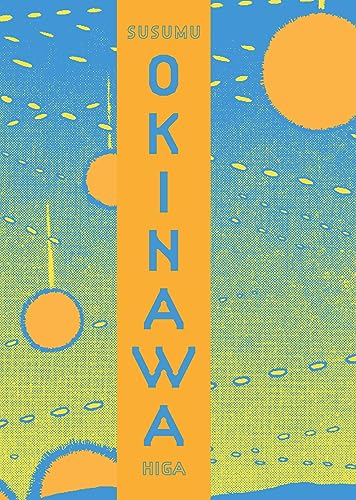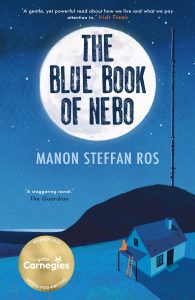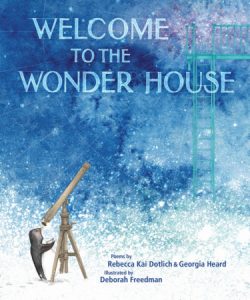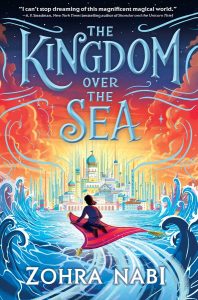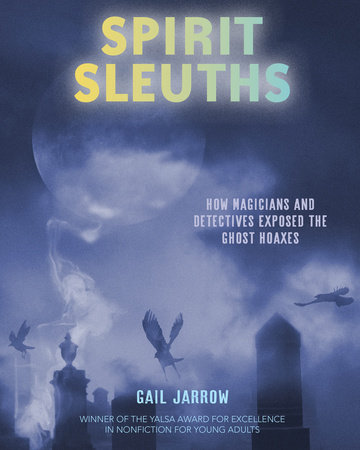 For many people, October includes activities around spirits, ghosts and supernatural beings. On a related theme, although not to take away from the fantasy and fun of autumn, this month’s recommended book is Spirit Sleuths, How Magicians and Detectives Exposed the Ghost Hoaxes. Author Gail Jarrow invites readers to investigate the history behind particular supernatural activities.
For many people, October includes activities around spirits, ghosts and supernatural beings. On a related theme, although not to take away from the fantasy and fun of autumn, this month’s recommended book is Spirit Sleuths, How Magicians and Detectives Exposed the Ghost Hoaxes. Author Gail Jarrow invites readers to investigate the history behind particular supernatural activities.
This account begins in 1848 with two sisters in upstate New York who claimed that mysterious tappings in their house were communications from ghosts. As this story grew and traveled to nearby communities, the girls gained popularity, as did the séances they held. The author provides narrative detail that describes the experiences of their family. Jarrow continues her account to the late 19th and early 20th centuries, when other people such as Ira and William Davenport, Henry Keller, and William Mumler claimed supernatural powers. The stories of their mystic experiences are documented in narrative form and include particular seemingly magical events, such as spirit cabinets, spirit photographs, planchette which led to the Ouija Boards, mind reading and fortune-telling. Each chapter ends with a section titled “How Did They Do It?”
These fraudulent spiritualists traveled nationally and internationally, holding meetings and giving false hope to grieving individuals that they could communicate with their dead loved ones. Eventually, suspicion of these experiences led to exposure of spiritual mediums and the fraudulent opportunities they provided emotional people. Continue reading


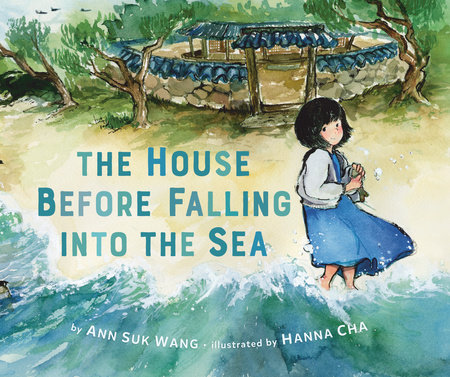
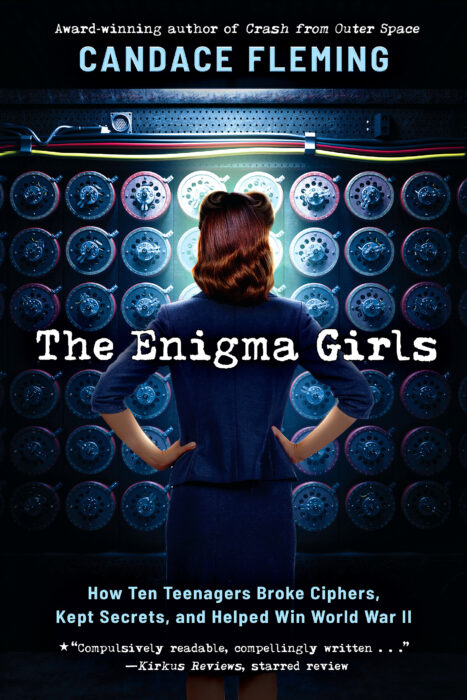
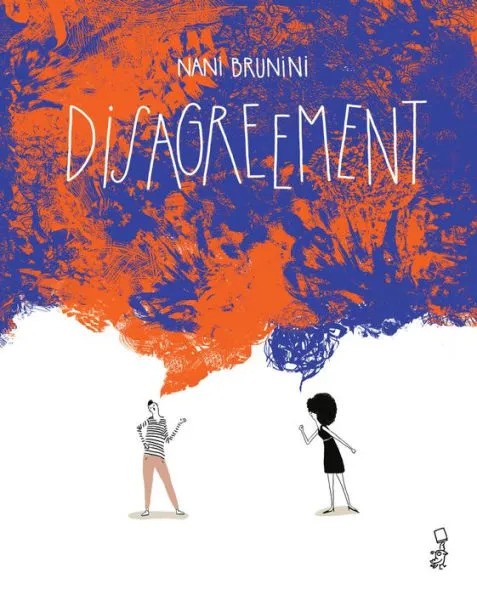
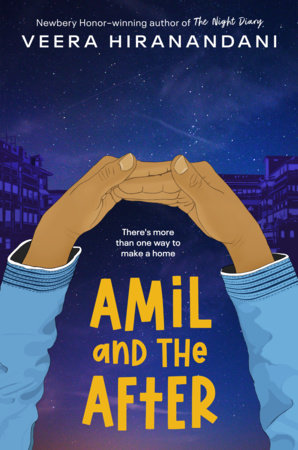
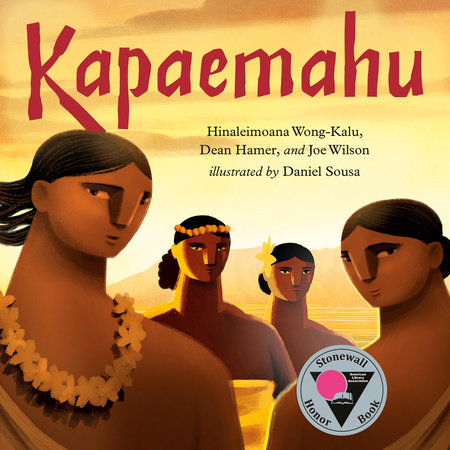 Kapaemahu is a multilayered picturebook that leaves the reader with much to contemplate. Based on a traditional Hawaiian legend, this captivating picturebook begins by transporting the reader to the days before recorded history, the time of storytelling, long before the colonization of Hawaii. In that long ago time, four Tahitians journeyed across the Pacific Ocean and arrived on the shores of Waikiki on the island of Oʻahu. These visitors were māhū, two-spirited beings who were neither male nor female but “a mixture of both in mind, heart, and spirit.” The māhū were favored by the Gods “with skill in the science of healing.” They healed many of the islanders and to honor the māhū, the people erected four great stones. Before vanishing from the island, the māhū transferred their healing powers into these four stones. Following the telling of the history of the māhū, the story moves the reader ahead seven hundred years in history to witness the impact of colonization upon the stones and subsequently the culture of the Native Hawaiians. The book ends with the call to remember the story of the māhū declaring, “When you share that story, you honor it.”
Kapaemahu is a multilayered picturebook that leaves the reader with much to contemplate. Based on a traditional Hawaiian legend, this captivating picturebook begins by transporting the reader to the days before recorded history, the time of storytelling, long before the colonization of Hawaii. In that long ago time, four Tahitians journeyed across the Pacific Ocean and arrived on the shores of Waikiki on the island of Oʻahu. These visitors were māhū, two-spirited beings who were neither male nor female but “a mixture of both in mind, heart, and spirit.” The māhū were favored by the Gods “with skill in the science of healing.” They healed many of the islanders and to honor the māhū, the people erected four great stones. Before vanishing from the island, the māhū transferred their healing powers into these four stones. Following the telling of the history of the māhū, the story moves the reader ahead seven hundred years in history to witness the impact of colonization upon the stones and subsequently the culture of the Native Hawaiians. The book ends with the call to remember the story of the māhū declaring, “When you share that story, you honor it.” 